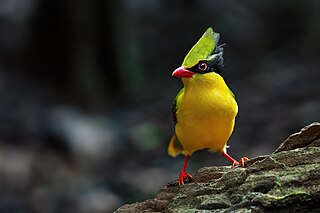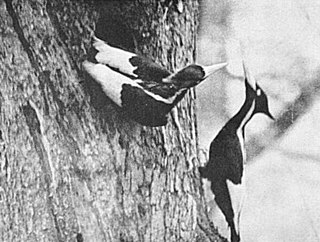Bibliography
This section may be in need of reorganization to comply with Wikipedia's layout guidelines .(October 2022) |
Articles
Breeding bird assemblages of hurricane-created gaps and adjacent closed canopy forest in the southern Appalachians
CH Greenberg, JD Lanham
Habitat specificity and home‐range size as attributes of species vulnerability to extinction: a case study using sympatric rattlesnakes
JL Waldron, SH Bennett, SM Welch, ME Dorcas, JD Lanham, ...
Evaluation of herpetofaunal communities on upland streams and beaver-impounded streams in the Upper Piedmont of South Carolina
BS Metts, JD Lanham, KR Russell
Using behaviorally-based seasons to investigate canebrake rattlesnake (Crotalus horridus) movement patterns and habitat selection
JL Waldron, JD Lanham, SH Bennett
Macrohabitat factors affect day roost selection by eastern red bats and eastern pipistrelles in the southern Appalachian Mountains, USA
JM O'Keefe, SC Loeb, JD Lanham, HS Hill Jr
Short‐term effects of fire and other fuel reduction treatments on breeding birds in a southern Appalachian upland hardwood forest
CH Greenberg, AL Tomcho, JD Lanham, TA Waldrop, J Tomcho, ...
Comparison of anesthesia and marking techniques on stress and behavioral responses in two Desmognathus salamanders
Herpetofaunal response to gap and skidder-rut wetland creation in a southern bottomland hardwood forest
RB Cromer, JD Lanham, HH Hanlin
Influences of coarse woody debris on birds in southern forests
JD Lanham, DC Guynn Jr
Oak regeneration using the shelterwood-burn technique: management options and implications for songbird conservation in the southeastern United States
JD Lanham, PD Keyser, PH Brose, DH Van Lear
Quantifying clutter: a comparison of four methods and their relationship to bat detection
JM O'Keefe, SC Loeb, HS Hill Jr, JD Lanham
Birding by ear: a study of recreational specialization and soundscape preference
ZD Miller, JC Hallo, JL Sharp, RB Powell, JD Lanham
The Effects of Prescribed Burning and Thinning on Herpetofauna and Small Mammals in the Upper Piedmont of South Carolina: Preliminary Results of the Na tional Fire and Fire
ES Kilpatrick, DB Kubacz, DC Guynn Jr, JD Lanham, TA Waldrop
Composition and aboveground productivity of three seasonally flooded depressional forested wetlands in coastal South Carolina
WS Busbee, WH Conner, DM Allen, JD Lanham
Effects of riparian buffer width on activity and detection of common bats in the southern Appalachian Mountains
JM O'Keefe, SC Loeb, PD Gerard, JD Lanham
Long-term avian response to fire severity, repeated burning, and mechanical fuel reduction in upland hardwood forest
CH Greenberg, J Tomcho, A Livings-Tomcho, JD Lanham, TA Waldrop, ...
Monotypic nest site selection by Swainson's Warbler in the mountains of South Carolina
JD Lanham, SM Miller
Short-term effects of fuel reduction treatments on herpetofauna from the southeastern United States
ES Kilpatrick, TA Waldrop, JD Lanham, CH Greenberg, TH Contreras
OF THE NATIONAL FIRE AND FIRE SURROGATE STUDY
LA Zebehazy, JD Lanham, TA Waldrop
Habitat—area relationships of shrub-scrub birds in South Carolina.
JD Lanham, DC Guynn Jr [22]
Poems
- Ode to Negroes Who Don't Ornithologize (2013—Flycatcher Online Poetry Journal)
- Because of Black Hands (2015—Flycatcher Online Poetry Journal)












